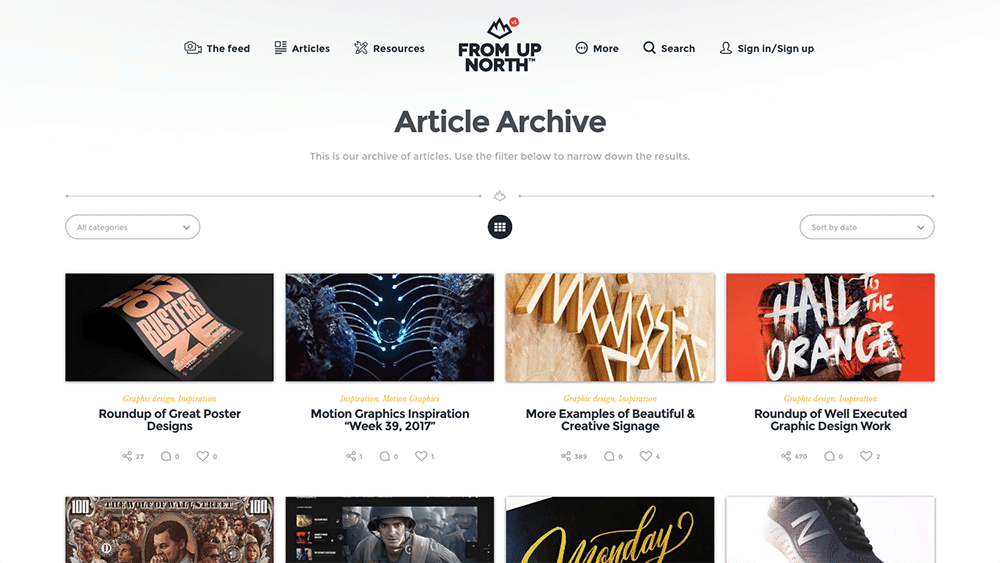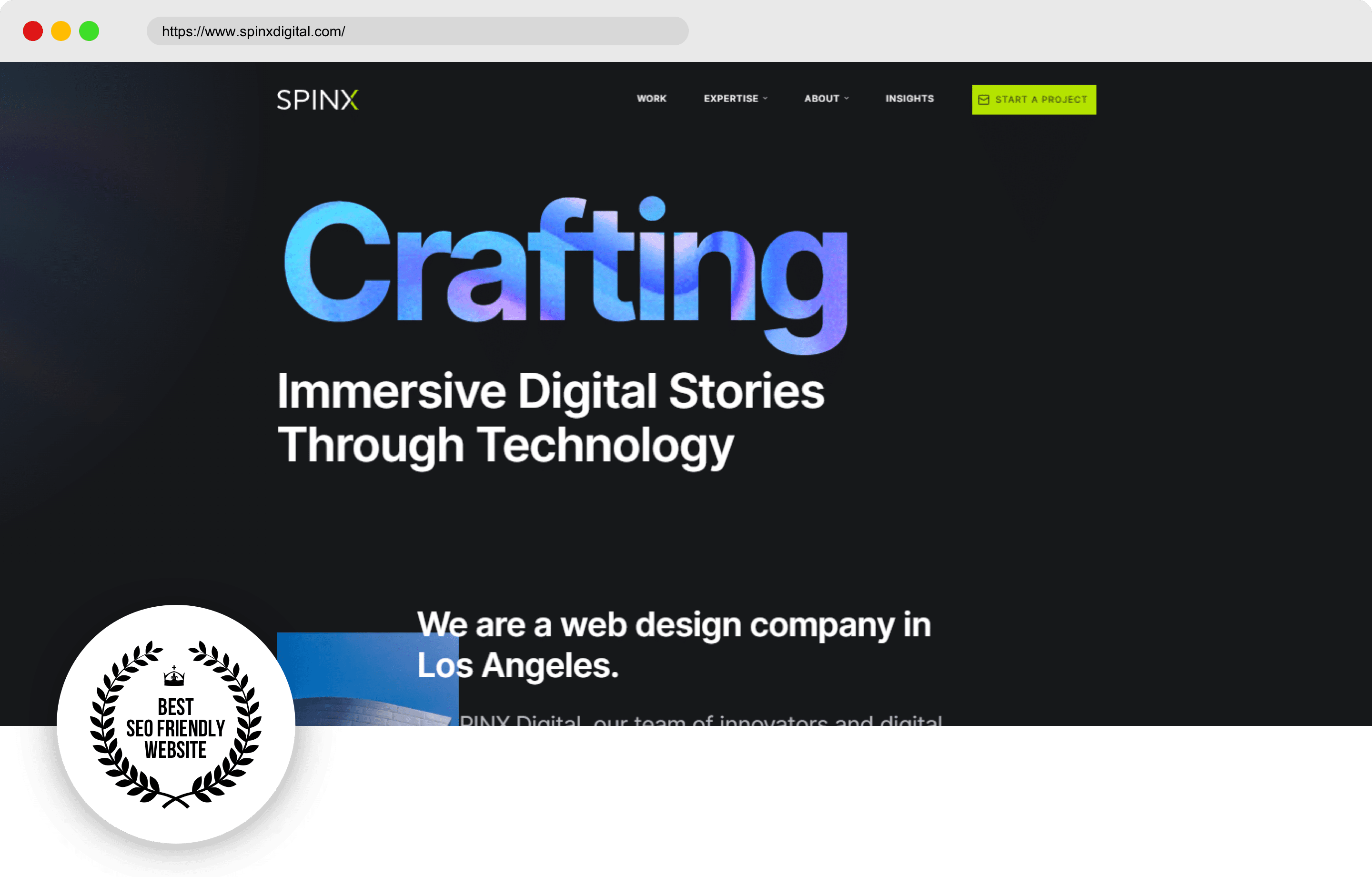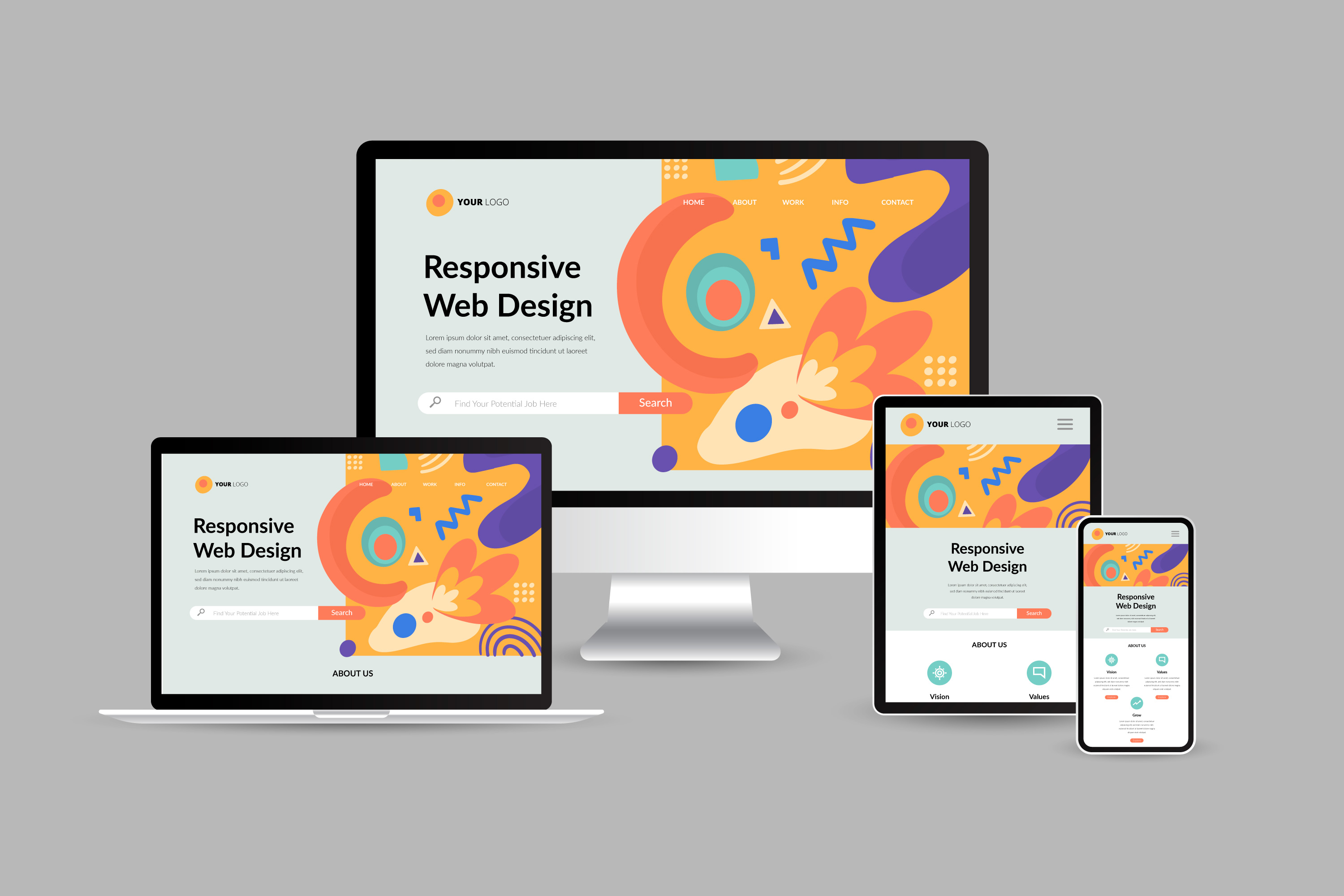Just How to Select the Right Website Layout for Your Service Objectives
Selecting the proper internet site layout is a critical decision that can dramatically influence your business's success. Understanding your target audience is equally vital, as their choices will certainly guide your design choices. Evaluating different layout alternatives while focusing on customer experience and scalability can promote lasting growth.
Define Your Business Goals
Defining your company objectives is an important initial step in the web site design process. Clear goals serve as a roadmap, assisting style decisions and making sure that the web site aligns with your general business technique.
For example, if your goal is to enhance client interaction, take into consideration incorporating interactive functions such as forums, chatbots, or customized web content. Website Design. Alternatively, if your focus is on e-commerce, the layout must prioritize a seamless buying experience, including intuitive navigation, safe and secure settlement alternatives, and efficient item displays
In addition, established quantifiable targets to evaluate success. By developing crucial performance signs (KPIs), you can analyze whether your web site meets its designated purposes in time. This approach not only aids in fine-tuning the design however also in making data-driven choices for future enhancements.
Ultimately, distinct business goals will certainly facilitate a natural design technique that resonates with your vision and supports your growth, making certain that your site is not merely a digital presence however an effective tool for accomplishing service success.
Understand Your Target Market
Understanding your target audience is vital for reliable website layout. You can customize your internet site to fulfill their details demands when you have a clear account of the demographics, preferences, and behaviors of your potential clients. This procedure starts with extensive marketing research, which can include surveys, focus teams, and data analytics. By gathering understandings regarding age, sex, location, and interests, you can create customer identities that show your perfect site visitors.
As soon as you have determined your target audience, consider their online actions. What devices do they use? How do they browse internet sites? Comprehending these patterns will notify important design choices, such as design, color pattern, and navigating frameworks. If your target market predominantly utilizes mobile devices, a receptive design comes to be vital.
By aligning your site style with their inspirations and requirements, you not just enhance user experience but likewise foster brand loyalty. Eventually, a well-designed site that speaks to your target audience can substantially drive engagement and conversions, lining up effortlessly with your organization objectives.

Evaluate Layout Options
Once you have a solid understanding of your target audience, the following step is to assess the different style choices available to you. This process includes analyzing the practical and visual aspects of potential web site styles that straighten with your service goals. Beginning by considering the different design styles, such as minimalist, modern-day, or conventional, and exactly how they resonate with your audience's preferences.
Next, analyze the design choices-- grid-based styles, single-page layouts, or multi-page frameworks can dramatically influence customer navigating. Consider the color pattern, typography, and imagery that will not just catch attention yet likewise share your brand identification effectively.
In addition, discover pre-designed themes versus custom-made styles; while site link design templates can provide affordable solutions, personalized layouts may offer a distinct touch tailored to your brand. It's crucial to examine receptive design alternatives to guarantee your internet site executes well across different gadgets and screen dimensions.
Prioritize User Experience

Furthermore, understanding the target market is critical. Carrying out individual study enables organizations to tailor their internet site to meet the certain needs and choices of their customers. Aspects such as filling speed, web content readability, and accessibility play substantial roles in boosting UX. The integration of interactive functions, such as chatbots or user surveys, can promote discover this a feeling of connection and supply prompt support.
In addition, aesthetic looks ought to not be forgotten. Website Design. A natural color images, typography, and scheme can improve brand assumption and develop a welcoming environment for individuals. Eventually, focusing on individual experience not just boosts consumer fulfillment yet additionally drives conversions, straightening flawlessly with more comprehensive business goals. By focusing on UX, businesses can create a site that not only attracts visitors but also transforms them right into dedicated consumers.
Evaluate Scalability and Flexibility
Scalability and adaptability are critical parts of an effective site design, specifically for services expecting development or modification. A scalable site can perfectly accommodate raising web traffic, additional material, or enhanced capabilities without endangering performance. As your business progresses, the ability to incorporate new attributes why not try these out or broaden existing ones will be crucial in meeting consumer demands and remaining competitive.
When evaluating scalability, consider the underlying modern technology stack and holding remedies. Choose for systems that sustain high website traffic volumes and use very easy upgrades, such as cloud-based services. This guarantees that your internet site can adjust to changes in customer activity without experiencing downtime or sluggish filling times.
Adaptability, on the other hand, refers to the style and web content management capabilities of the web site. An adaptable design enables for alterations in layout, branding, or functions without calling for a complete overhaul - Website Design. Guarantee that your material management system (CMS) provides user-friendly tools for web content updates and edits, enabling your team to respond quickly to market adjustments

Verdict
To conclude, selecting the ideal site style necessitates an extensive understanding of organization goals and target market preferences. A critical analysis of design choices, with a focus on user experience, is vital for fostering interaction. Furthermore, examining scalability and adaptability ensures that the web site can adjust to advancing company demands. By thoroughly adhering to these standards, companies will certainly be much better placed to create a site that not only satisfies goals however likewise improves general individual complete satisfaction.
Picking the proper web site style is a vital decision that can substantially affect your service's success.Defining your business objectives is a critical very first step in the site style procedure. Clear objectives offer as a roadmap, directing design choices and making sure that the web site aligns with your total service technique.Scalability and flexibility are critical parts of a successful website layout, especially for businesses preparing for growth or adjustment.In final thought, selecting the appropriate web site layout requires an extensive understanding of organization goals and target audience choices.